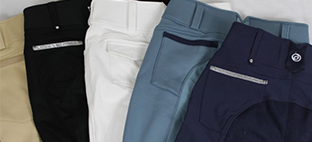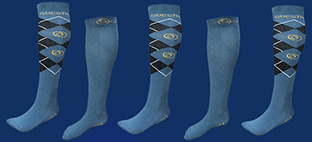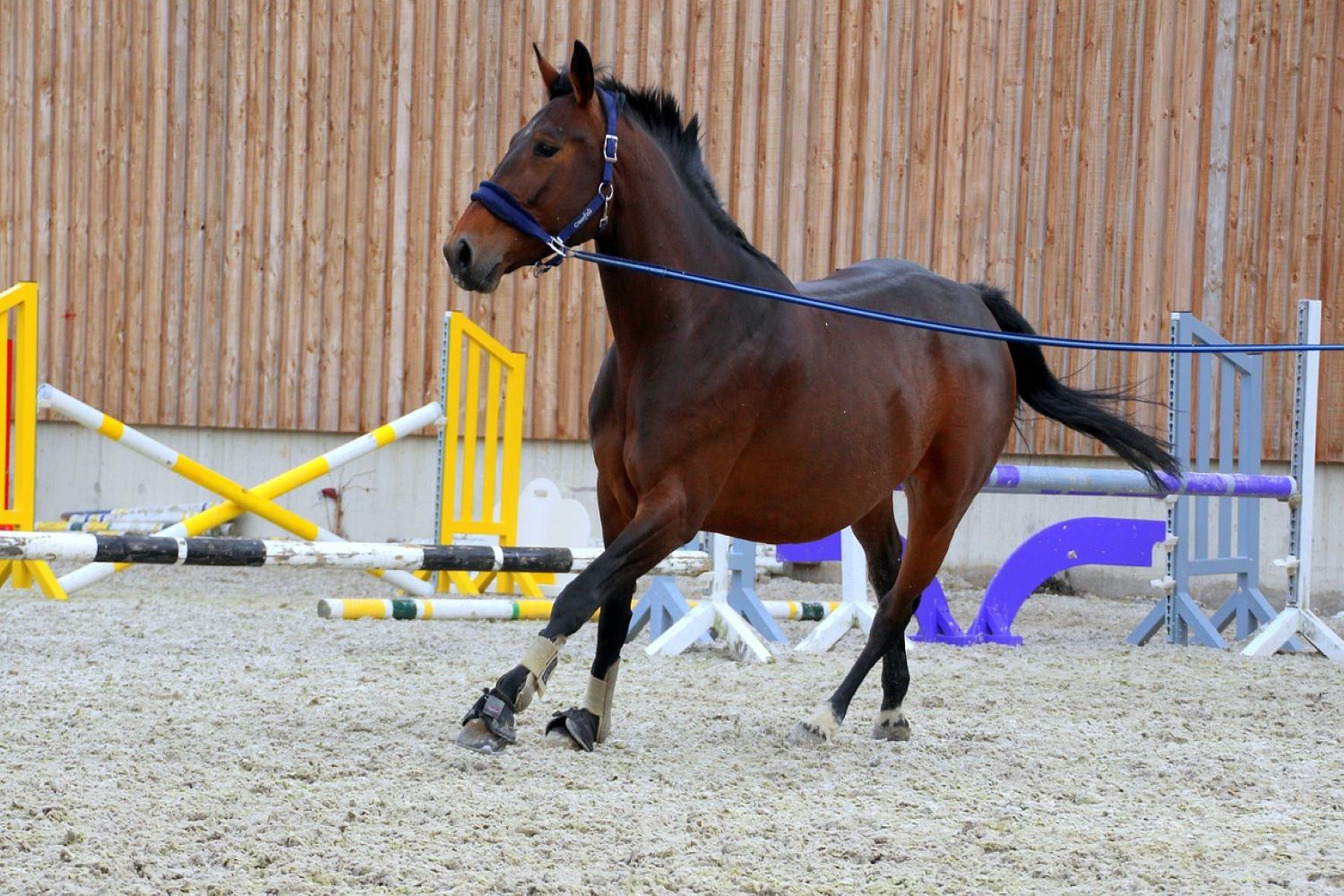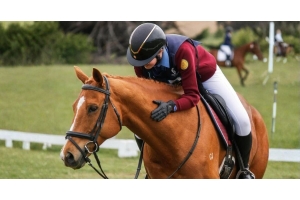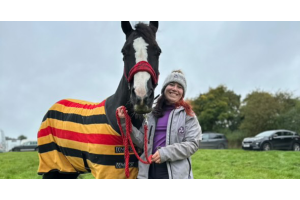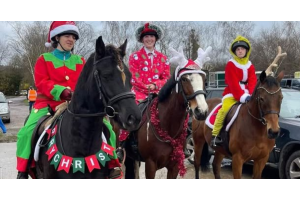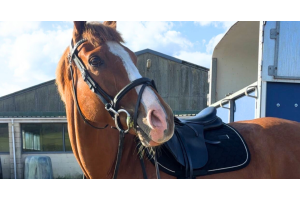How to Lunge a Horse | Questra Sports
Horse lunging is a great way to interact with your horse while also having fun. It is a way to exercise while keeping them safe and under control. It's also a great opportunity to build up his muscles and condition him for riding.
Lunging is a horse training technique that includes the horse moving in a big circle, usually around a 20-metre diameter. A long rope, a whip, and vocal orders are used to lead a horse. Lunging is also an excellent method for calming and controlling high-strung horses.
Learning how to lunge a horse is quite simple. However, a few rookie blunders might make lunging ineffective. Lunging is mostly a matter of patience and the best use of modest riding aids.
When performed correctly, this may assist a horse to become much more versatile and stable, as well as build stamina if the horse hasn't been exercising. It may also be used to check if a horse is lame by observing its gaits. Lunging can assist a rider to develop new skills without worrying about the horse's control.
What you'll need when lunging a horse:
For the horse:
- A lunge line (10 metres)
- Lunge whip
- A lunge cavesson or a bridle, or both
- A training roller with (optional) side reins
- Bandages or protective boots (optional)
For the controller:
- A hat
- Pair of gloves
- Durable boots
How to properly lunge your horse in 5 basic steps:
It tends to take time and experience to properly lunge your horse. If you're hesitant, ask your instructor or a skilled companion to help you out for a few practices until you're satisfied. Another helpful piece of advice is to observe an experienced lunger working with their horse to see just how they get the most out of them and what routines they employ.
1. Select an appropriate surface.
Lunging should be conducted on a level, non-slip platform. During the hot summer months, avoid hard surfaces such as baked ground or fields. Choose a smaller space to lunge in unless your horse is obedient, as you may not have adequate control. An area with sand and rubber or a carpet-fiber-surface would be ideal.
2. Keep a 'triangle' alignment.
Visualize a triangle with you at one point to get your lunging stance correctly. Standing in the center of your circle, facing your horse. The two sides are formed by your lunge line and whip, while the third side is formed by your horse. This will put you in the best position to use your nonverbal cues to propel your horse forward as well as prevent it from getting in front or behind the motion. Do not get ahead of the horse, always work from behind.
3. Get your horse ready for work by warming him up.
Encouraging your horse to stretch out at the walk and trot before training them in the trot and canter is a great way to start a lunge session.
4. Use transitions and perform equally on both reins.
You should train your horse evenly in both directions, just as you would when riding. This may entail demanding similar loops in walk and trot, or walk, trot, and canter on both reins, according to your horse's level of experience. Begin on their good rein if they're tense on one. This will help them gain confidence and soften up any tight spots. Requesting or a lot of uphill and downwards movements will train them to respond and move forward from their hindquarters, as well as improve their hearing to your voice cues. Use your cues in a calming manning for slowing down in the paces and a more upbeat and encouraging tones for changing up the gears.
5. Keep in mind to cool down.
Always wrap up your training with a walking stretch on both reins. Continue going forward, do not let them pause until their breathing returns to normal.
NOTE: Training a horse on the lunge is more demanding than riding, so don't push yourself too hard. A lunge workout should last five to ten minutes on each rein, with lots of walking breaks in between. You may increase the duration as your horse's fitness increases.

Common Lunging Errors and How To Prevent Them
-
Equipment was not properly handled.
Dropping or messing up your lunge lines may be harmful, so practice controlling them beforehand you begin lunging. You must be able to readily tighten and extend the reins by holding them in large, clean loops off the ground. If you're not sure how to execute this, practice looping your lunge line over your fist to your elbow) until it has been wrapped into loops. Drop and repeat until it becomes natural and easy. You must therefore be able to use the whip with your other hand freely.
-
The horse is powerful and opposes you.
To settle and manage the horse, practice utilizing half-halts on the rein it's like you're riding. To get better control, lunge in a smaller space and begin with a smaller circle.
-
The horse approaches the circle.
By directing the lunge whip towards the horse's shoulder, you can keep him out. If you're training a young horse to lunge, have someone stay by their outside shoulder and direct them around the circle in a walk.
-
The horse runs.
If the horse escapes and you can't seem to stop it, slowly reduce the size of the circle and then use half-halts and your voice to keep them calm. Don't be hesitant to seek professional assistance.
Questra's Advice on Lunging
Many owners lunge their horses to get some workout and burn off excess energy. Take caution not to overwork your horse. As a result, your horse's leveling process will take longer.
Lunging should be a cognitive as well as a physical workout. It is more than merely shooting in a circle or having a horse go around you in rounds. Either of these actions can result in a lack of compliance and injury. On the lunge line, the horse should be as attentive as it is being led.
The wider the circle is, the quicker your horse is moving. You may expand the circle wider by releasing an additional line since lunging on a tiny circle may be quite exhausting on a horse's legs, so gradually increase the training until the horse is agile, strong, and stable.
Lunging is not, above all, a means of punishment. Penalizing a horse is never a wise decision and will just result in an out-of-control horse. Rather, you want to form a bond with your horse and teach them to trust others and lunging is an excellent approach to do this.
Lunging Quiz
What are the top 5 tips for effective lunging?
What are the top lunging mistakes and what can you do to avoid them?
Should lunging be used as a form of punishment?
How do you draw a horse in if they are trying to run out of the lunge circle?
Any questions about effective lunging or comfortable riding wear? Drop our friendly team an email at contact@questrasports.com or visit our website: https://questrasports.com/
